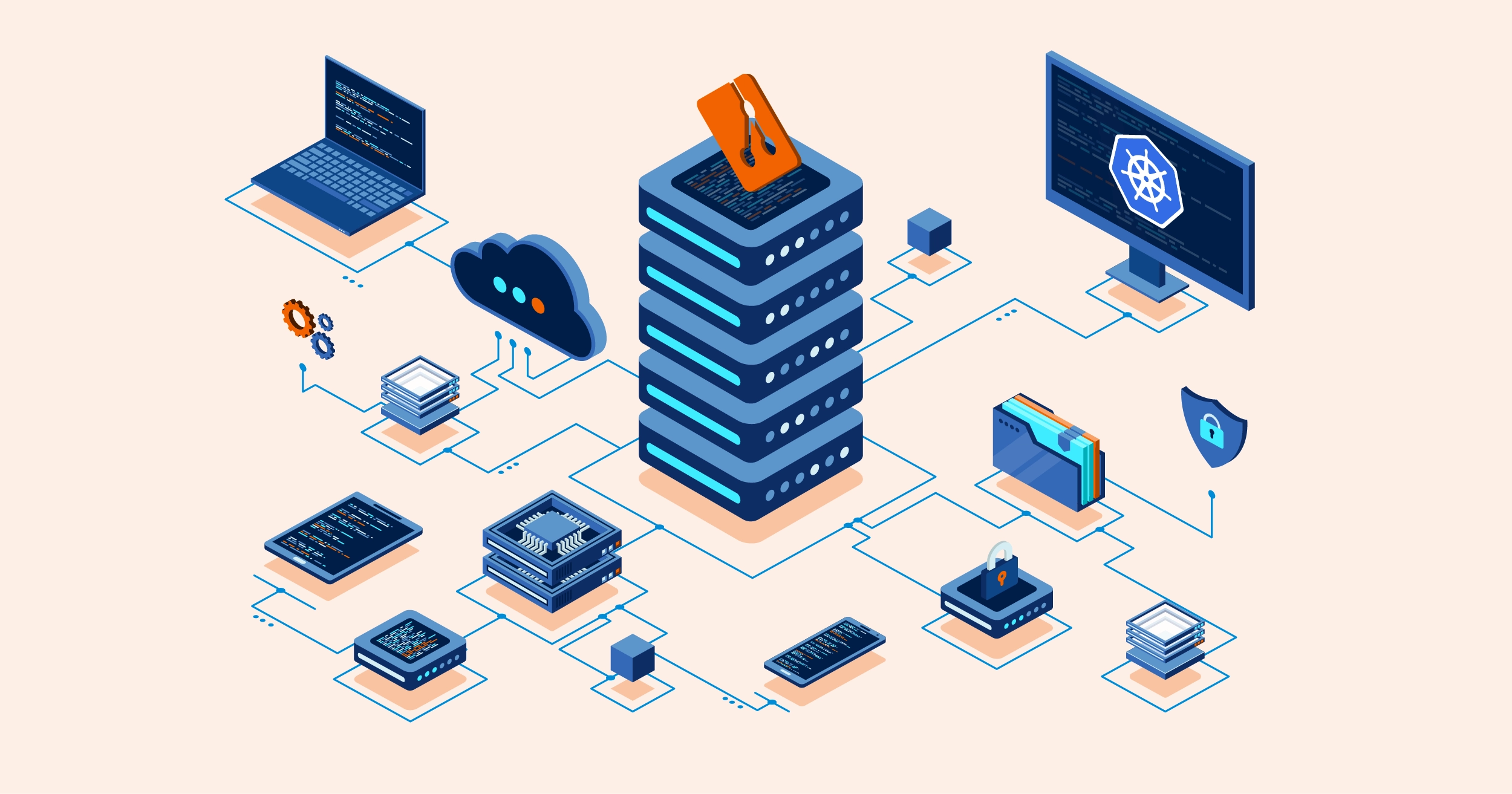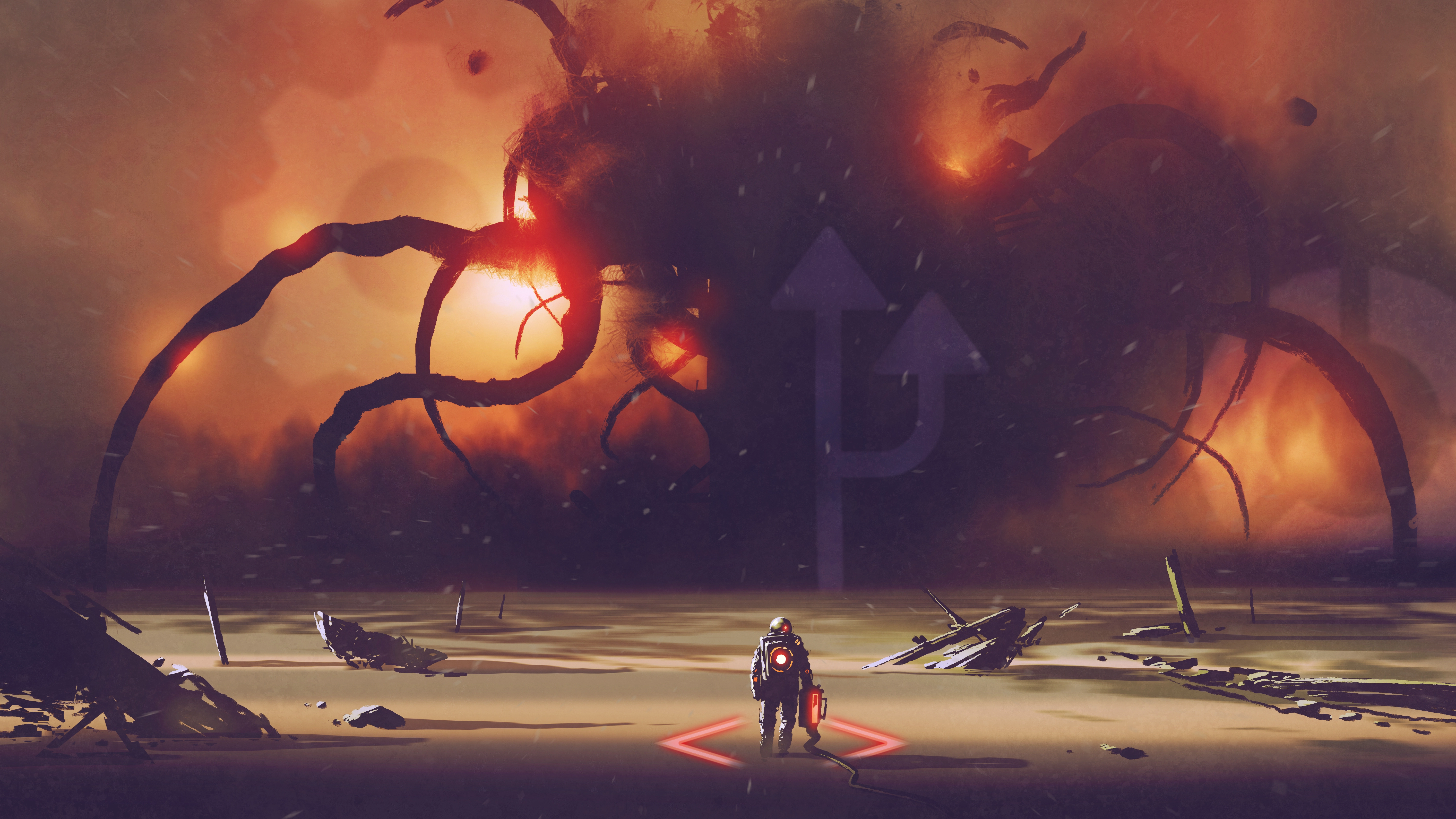If you've worked on platform teams long enough, you start to see a pattern.
A new developer joins, eager to contribute, ready to build, ready to ship. But their first real challenge isn't in production. It's not even in sprint planning. It's in the CI/CD pipeline—the "Final Boss" of the developer experience.
The Pipeline Problem Isn't the Developers
Every dev team wants to ship secure, reliable software. But too often, they're met with opaque errors from tools they've never heard of.
YAML files stitched together two reorgs ago, and compliance gates that fail without explanation. What should be a guardrail becomes a wall, and resentment builds—not just toward the pipeline, but toward the platform itself.
We've seen the same two questions drive most Slack threads, onboarding churn, and 1:1 frustration:
- How do I deploy this thing?
- Why is this pipeline failing?
It's not that the platform lacks value. It's that the interface between dev and platform is under-designed.
Documentation alone isn't enough. As platforms become more secure, policy-aware, and modular, navigation becomes the new skill—yet most developers are left without a map. If the industry doesn't evolve how it teaches, visualizes, and guides developers through platform interactions, even high-value platforms will continue to be perceived as high-friction.
How to Win the Boss Fight
Platforms need to move beyond documentation toward frameworks designed for developer navigation.
These frameworks should show:
- What the pipeline expects
- Where developers can influence it
- What's negotiable vs. non-negotiable
- Who owns which parts of the experience
- What the minimal path to value looks like
These frameworks must be:
- Visual: Show the flow, not just describe it.
- Context-aware: Adapt to team maturity and project type.
- Feedback-driven: Evolve with real developer input.
Lower the Boss Fight
A developer's first experience with a platform pipeline shouldn't feel like an endgame encounter. It should feel like stepping into a well-run train system—one that connects back to a clear map, predictable routes, and visible destinations.
When platforms design for navigation as much as control, they don't just unblock developers; they build trust, accelerate delivery, and keep everyone moving in the same direction.
If you're figuring out where your own trains begin, start with the map:
All Aboard: Why Building a Developer Platform Starts With Knowing Where the Trains Begin →
 Is Your App Lost in the Cloud? How to Bring Order to the Chaos
Is Your App Lost in the Cloud? How to Bring Order to the Chaos

